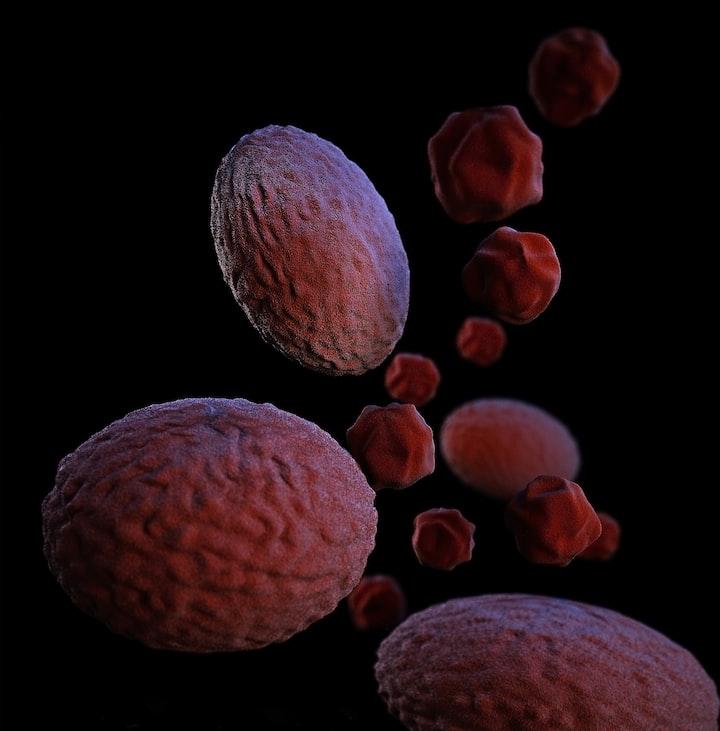What Disease Prevents Wounds From Healing?
If a wound does not heal, it is called a “non-healing wound.” Non-healing wounds can be caused by many different things, but most commonly they are caused by diabetes, peripheral artery disease, and/or infection.
Diabetes mellitus is a chronic condition in which there are high levels of sugar in the blood. Over time, high blood sugar can damage nerves and blood vessels. This can lead to poor circulation, which means that wounds do not get the oxygen and nutrients they need to heal properly. Diabetes also increases the risk of infection because it weakens the immune system.
Peripheral artery disease (PAD) occurs when there is narrowing of the arteries that supply blood to the legs and feet. This narrowing is usually due to plaque buildup within the arteries (atherosclerosis). PAD can cause pain and cramping in the legs when walking or exercising (claudication), as well as non-healing wounds. Poor circulation from PAD decreases oxygen and nutrient delivery to wounds, making them more difficult to heal. In addition, PAD increases the risk of infection because plaque buildup makes it easier for bacteria to attach to artery walls.
Infection is another common cause of non-healing.
Read More »What Disease Prevents Wounds From Healing?






